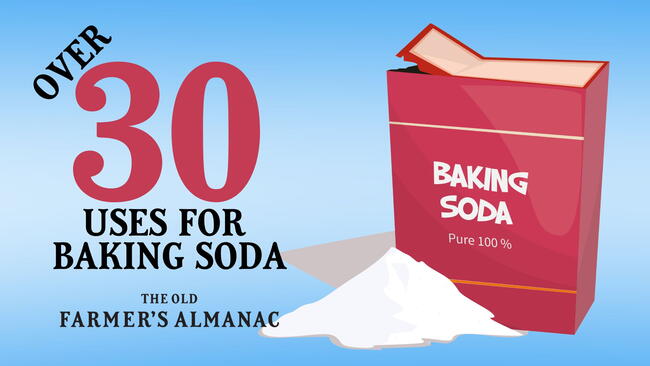Primary Image

Caption
Vinegar has many more uses than you might think! White vinegar is perfect for cleaning, removing stains, and making natural remedies.
Cleaning, Removing Stains, and Natural Remedies
More Like This
Household vinegar is not very effective on weeds. Horticultural vinegar is the type you should use to eradicate weeds. Remember that it will stay around for a while, so don't plan on planting anything there for some time.
I use full strength Apple cider vinegar in a spray bottle if and when my animals have fleas. For both dogs and cats, I spray them with the vinegar until their coat is wet. It may take a couple days and more than one application, but it works wonderfully! And without harsh chemicals on your pets skin or in the air.
We just had new granite counter tops installed, and in talking to the shop owner/buyer/president of state stone cutters, he said it was preferable to use a soap vinegar solution to shine granite. Clear water is best, but vinegar diluted is okay. Can you please double check your advice. Maybe vinegar is okay for sealed granite only?
You can take 3/4 cup green tea and add 3 tablespoons of cider (brown) vinegar shake well and put 10 ml into the ear and squish it around; clean out the excess and let the dog shake the rest out. Do this for 3-5 days and it should clear the infection up.
Never use vinegar on stainless. It will discolor and very very hard if not impossible to regain shine.
If you enjoy grilled chicken, pork chops, and/or ribs, give a try using a spray bottle or basting brush to keep the meat surfaces moistened with about an 80/20 ratio of water and APPLE CIDER vinegar. It makes for absolutely delicious grilled meat(s) while also adding moisture to prevent drying out of meats. I promise you that if you'll try it just once, you'll use it every time you grill. Of course, adjust your water/apple cider vinegar to suit your tastes. Also if you use a basting brush, you can also add salt, pepper, or other spices. It WILL clog up a sprayer if you add spices, hence use only liquids in a sprayer. ENJOY!
Back when I had a horse, we used a cider vinegar rinse after we bathed them. Add a half cup or so to a 5 gallon bucket and after rinsing off all of the shampoo, grab a sponge and sponge down your horse avoiding the eyes. It's great after a workout but mainly acts as a coat conditioner. The hair will be as soft and cuddly as a Gund teddy bear.
Can vinegar be used to treat roses of white bugs
How can I combat Chiggers? They have taken over our yard and we can hardly go outside without getting them on us even when we use precautions.
Chiggers really are a bother! There aren't many natural repellents that work, but some suggest spreading sulfur powder in chigger areas. Be liberal with your dose. You can also shake your socks in sulfur powder (if you can stand the smell) to deter chiggers from hitching a ride on your body. Otherwise, check with your local hardware or garden store for products to spray/spread.
- « Previous
- 1
- 2
- …
- 10
- Next »













Comments